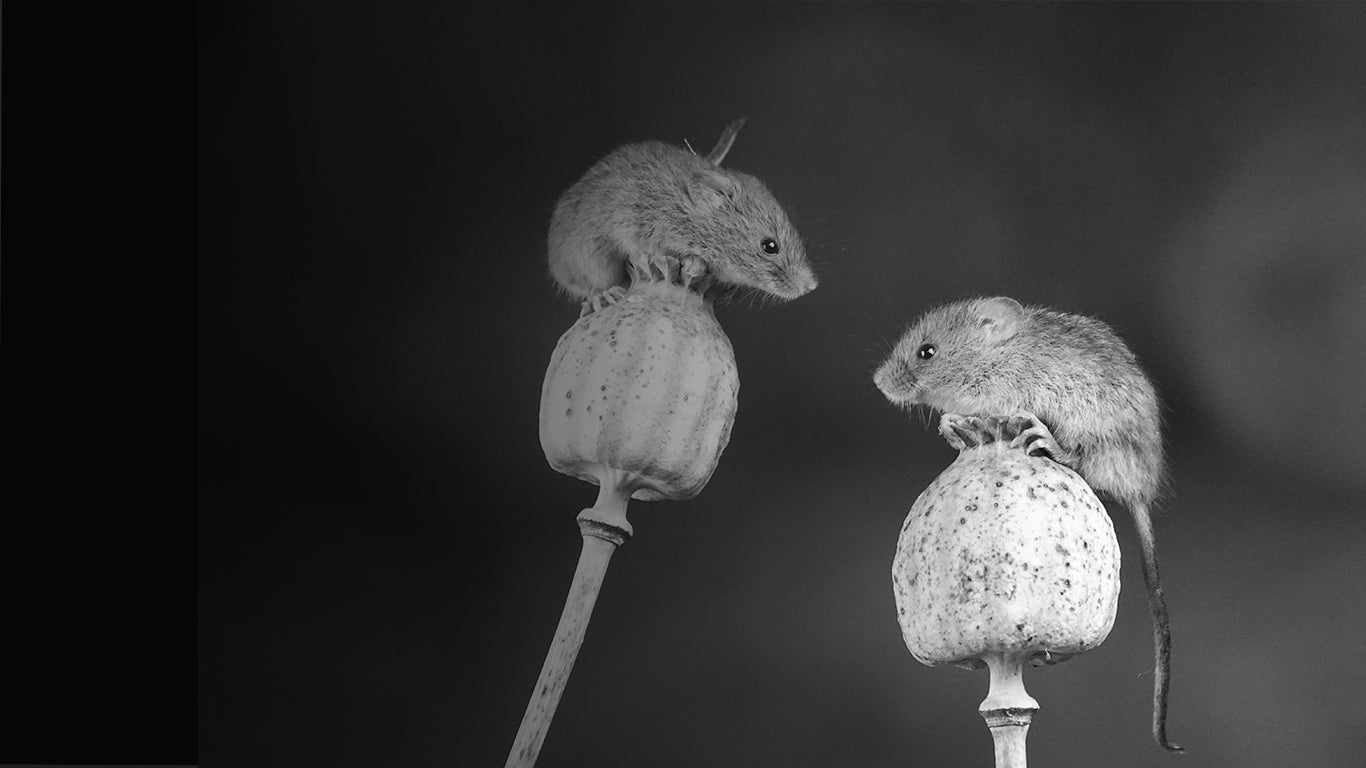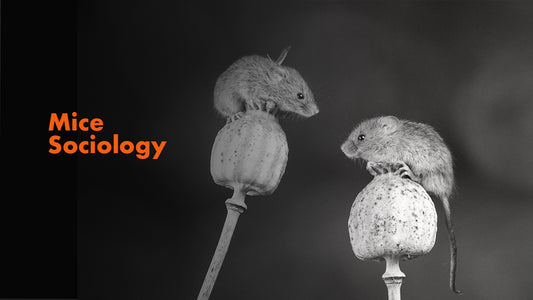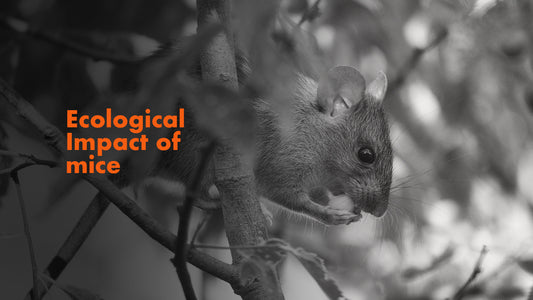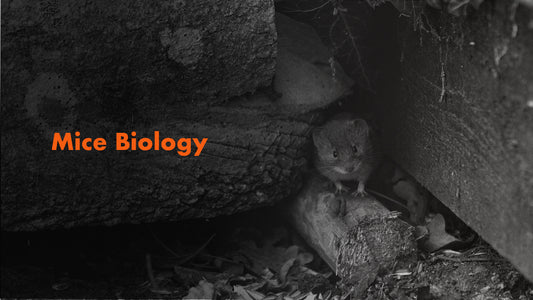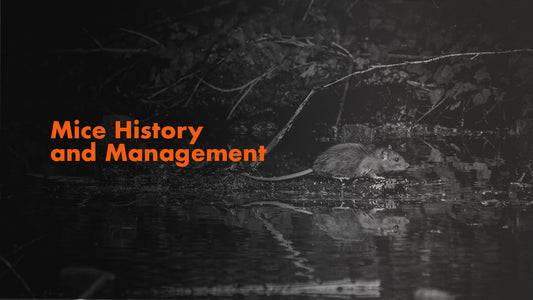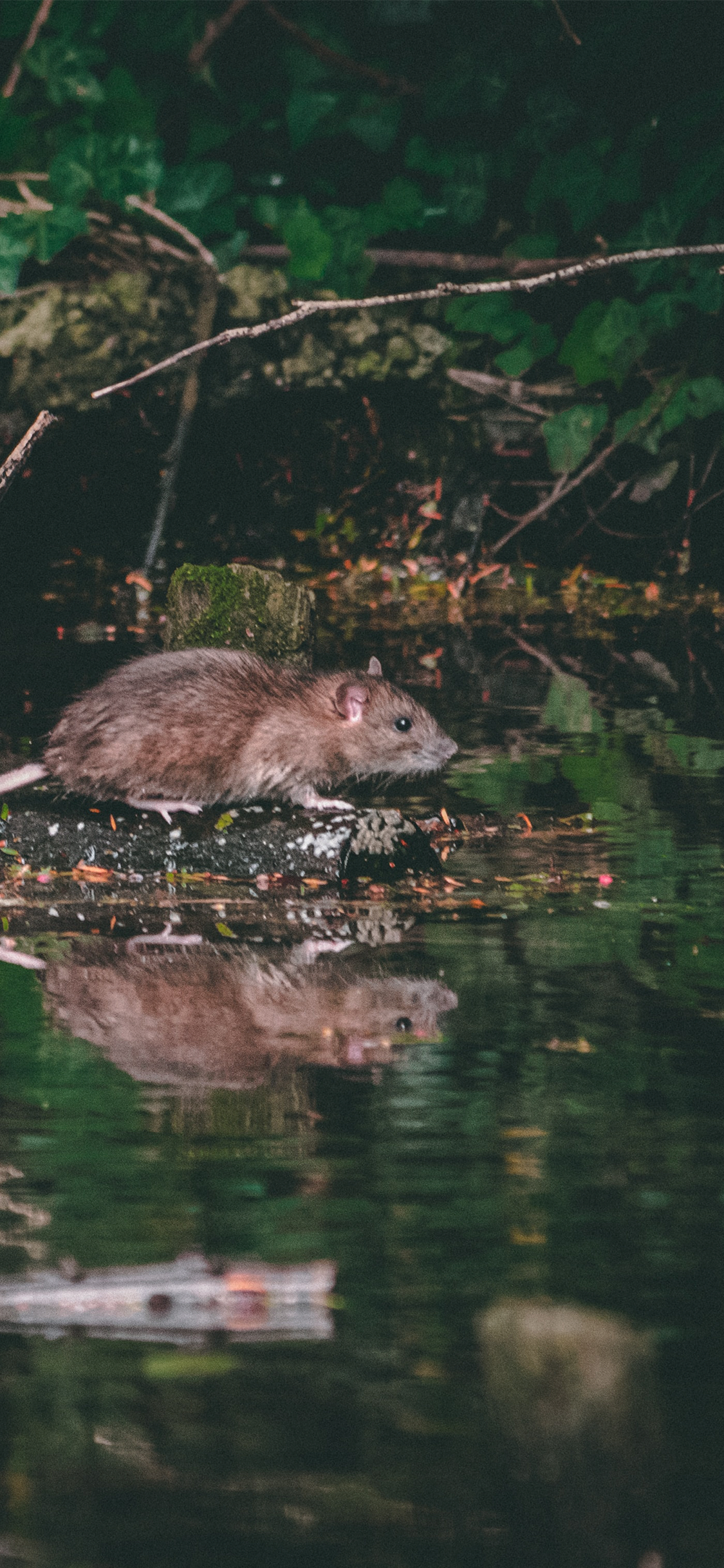
Nesting Habits:
Mice exhibit resourceful nesting habits, constructing shelters primarily for warmth and protection. They create two main types of nests: burrow nests in outdoor environments, featuring chambers lined with leaves, grass, fur, and feathers, and cavity nests in indoor settings using materials like paper, insulation, fabric, and shredded materials. Nest locations vary with species, with house mice favoring human-made structures close to food sources, while deer mice inhabit a broader range of habitats. Nests are constructed by gathering local materials and are regularly maintained to ensure cleanliness and comfort, particularly when raising their young.
-
Social Structure
Both house mice and deer mice exhibit flexible social structures that adapt to environmental conditions. House mice typically live communally in close quarters, sharing nests with multiple individuals and sometimes establishing dominance hierarchies within these groups. They may also display territorial behavior, particularly during mating. Deer mice, on the other hand, demonstrate a wider range of social behaviors, with some species being primarily solitary, while others engage in communal living, particularly in colder months. Territoriality can be more pronounced in certain species. Social structures can vary based on factors like resource availability and habitat, highlighting the adaptability of these rodents to diverse environments.
-
Habitat Preferences
House mice (Mus musculus) prefer indoor environments closely associated with humans, thriving in homes, barns, warehouses, and urban areas where they have access to food and shelter. They often nest in wall voids, attics, and crawlspaces, seeking warmth during colder seasons. In contrast, deer mice (Peromyscus spp.) exhibit more varied habitat preferences, adapting to a range of ecosystems including forests, grasslands, deserts, and scrublands. They construct nests in natural settings such as ground burrows, tree hollows, and leaf litter. Deer mice's adaptable habitat choices reflect their ability to thrive in diverse environmental conditions.
-
Survival Mechanisms
House mice (Mus musculus) survive through remarkable adaptability, efficient reproduction, and versatile foraging habits, enabling them to thrive in diverse environments. They construct concealed nests for shelter and breeding, are agile enough to evade predators, and have a nocturnal lifestyle that minimizes daytime risks. In contrast, deer mice (Peromyscus spp.) rely on a versatile diet, employing a range of nesting sites and scent-marking strategies to secure their territory and resources. Their cryptic coloration provides camouflage, and many species are nocturnal, reducing daytime vulnerability to predators. These survival mechanisms highlight their adaptability and resourcefulness in various ecosystems and environments.
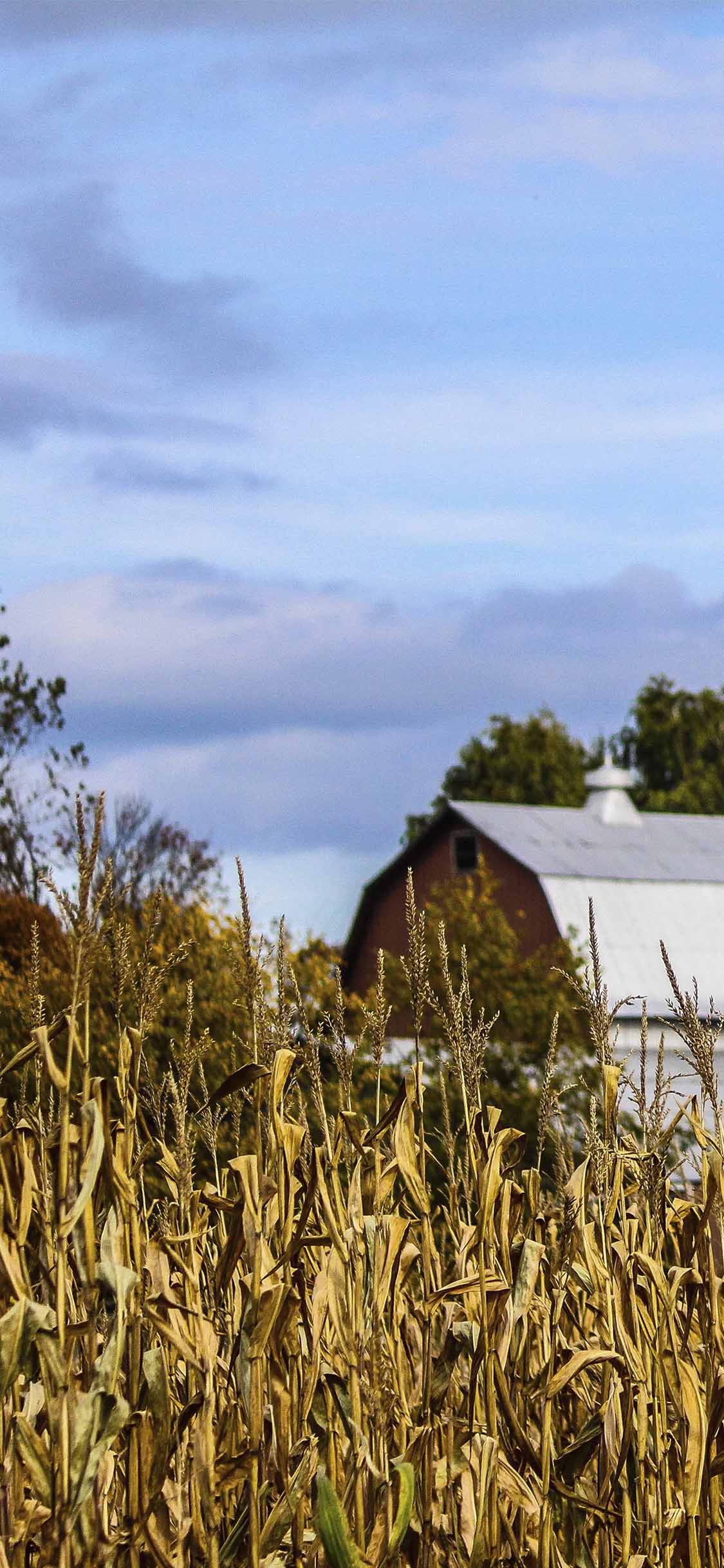
What they love to eat
Mice, including house mice (Mus musculus) and deer mice (Peromyscus spp.), are adaptable and opportunistic feeders, with diet preferences influenced by their surroundings. House mice favor grains, seeds, and occasionally fruits and vegetables, with a preference for stored grains in agricultural environments. They also consume insects and other protein sources. Deer mice primarily eat seeds, nuts, and insects, but their diets can vary with habitat, including fruits, fungi, and green vegetation. Both species are resourceful in adapting their diets to the availability of food resources in their specific environments, contributing to their survival in diverse ecosystems.
If you possess specialized knowledge or profound insights that you're currently applying or believe will benefit others, we encourage you to share your expertise with us.
Your valuable wisdom can greatly enrich our community and empower fellow trappers!

